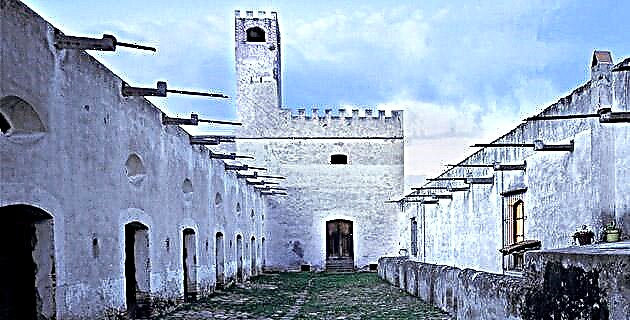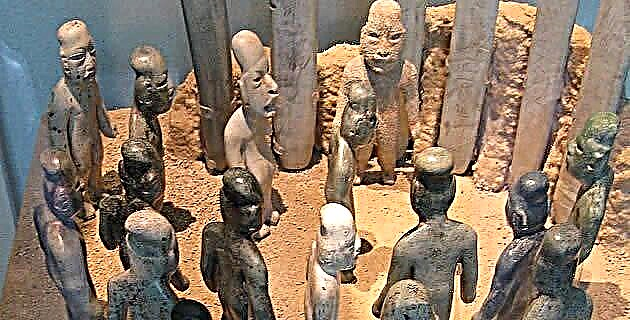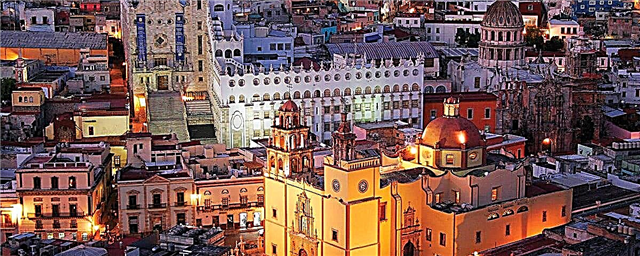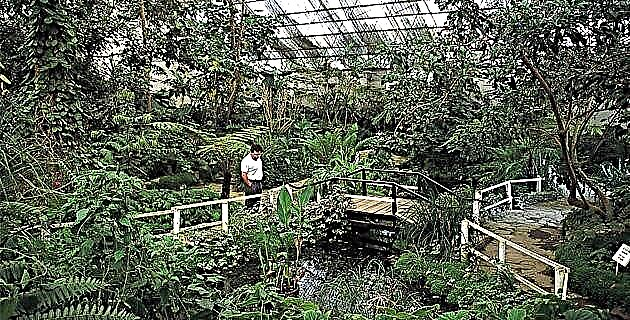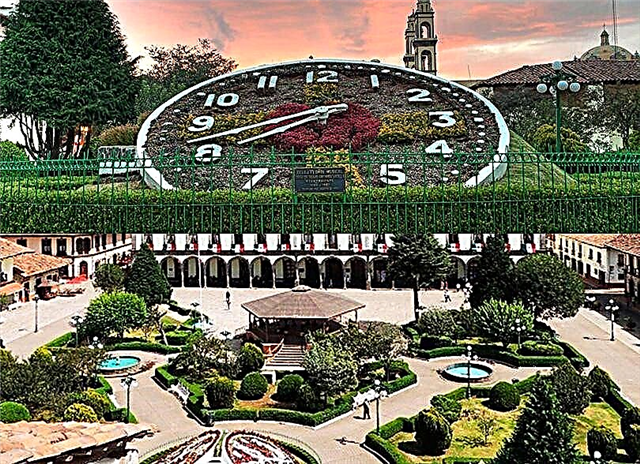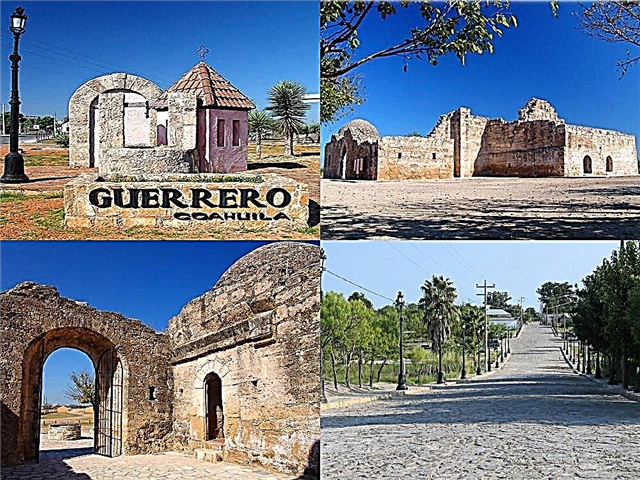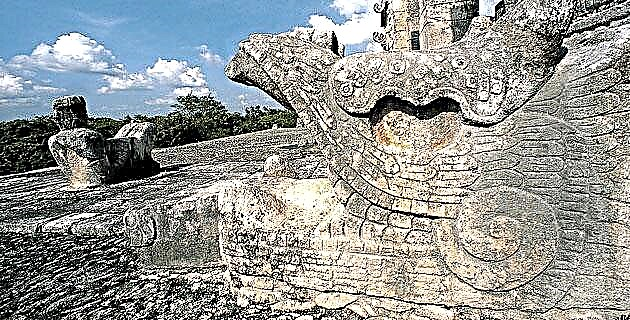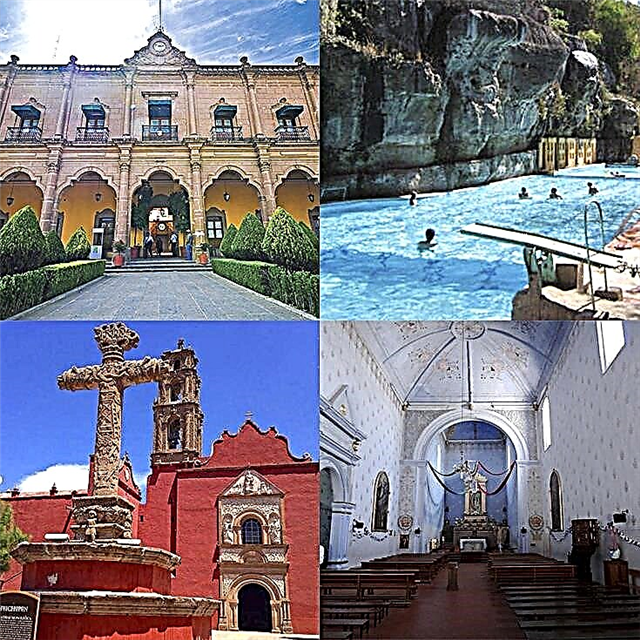The small city of Huichapan has one of the most varied and rich heritage for tourism in the Mexican state of Hidalgo. With this complete guide you will be able to know the most relevant of the architecture, culture and history of the Magic Town and its festivities and traditions.
1. Where is Huichapan located?
Huichapan is a head and municipality located in the westernmost point of the state of Hidalgo. It is surrounded by the Hidalgo municipalities of Tecozautla, Nopala de Villagrán and Chapantongo, and borders on the west with the state of Querétaro. It was incorporated in 2012 into the national system of Magical Towns to enhance the tourist use of its wide and striking physical cultural heritage and its magnificent intangible attractions.
2. What are the main distances there?
To go by car from Mexico City to Huichapan you have to travel about 190 km. towards the northwest mainly by the highway towards Santiago de Querétaro. The capital of the state of Querétaro is 100 km away. from Huichapan, while Pachuca de Soto, the capital of Hidalgo, is located 128 km. Toluca is 126 km., Tlaxcala de Xicohténcatl 264 km., Puebla de Zaragoza 283 km., San Luis Potosí 300 km. and Xalapa 416 km.
3. What weather awaits me in Huichapan?
Huichapan has a very pleasant climate, between temperate and cold, most of the year. The annual average temperature is 16 ° C, being 12 ° C in the coldest season, December and January, and less than 20 ° C in the warmest months, between May and September. It rains little in Huichapan, almost always less than 500 mm per year, with moderate rainfall mainly concentrated between June and September and a little less in May and October.
4. What is the history of the town?
The name Huichapan comes from Nahuatl and means "rivers of the willows" according to the most accepted version. The Spanish town was founded on January 14, 1531 by Don Nicolás Montaño and then the Alejos family was established, recognized as the first family nucleus in the town. However, most of the viceregal buildings that are preserved date from the first half of the 18th century and were built by Manuel González Ponce de León.
5. What are the main attractions of the town?
In the historic center of Huichapan you can see the church of San Mateo Apóstol, the Municipal Palace, the Spire and the Casa del Diezmo. Huichapan also stands out for its chapels, mainly those of the Virgin of Guadalupe, that of the Lord of Calvary and that of the Third Order. Another emblematic construction of the town is the El Saucillo Aqueduct. This set of cultural attractions is magnificently complemented by its beautiful natural spaces, its exquisite gastronomy and its popular festivals.
6. What is the church of San Mateo Apóstol like?
In this temple in the historic center of Huichapan, San Mateo Apóstol, patron of the town, is venerated. It was erected between the years 1753 and 1763 by order of Manuel González Ponce de León, great benefactor of Huichapan and the most important man in its history. The quarry tower of the temple, with a double bell tower, was a defensive bulwark during the warrior episodes in 1813 and 1861. The only known image of González Ponce de León is preserved in the temple, in which he appears praying in a niche on the left side of the presbytery.
7. Who was Manuel González Ponce de León?
Captain Manuel González Ponce de León (1678-1750) was a rich and generous Huichapense landowner who financed the construction of the original nucleus of a viceregal town that is preserved, including houses, churches, dams and other buildings. On his initiative, the parish church of San Mateo, several chapels, the superb El Saucillo Aqueduct and the school of first letters were built, among the most relevant works. Likewise, the altarpiece in the chapel of the Third Order and that of its sacristy were his bequests.
8. What is the Chapel of the Virgin of Guadalupe like?
This chapel, which was completed in 1585, was the temple for the veneration of San Mateo Apóstol until the current parish church was built in the middle of the 18th century. The bell tower of the chapel was inaugurated in 1692 and is crowned by an image of San Cristóbal, the patron saint of travelers. It has a neoclassical altar with a painting of Our Lady of Guadalupe, while on both sides there are other large frescoes representing the Assumption of Mary and the Ascension of Christ.
9. What is the attraction of the Chapel of the Third Order?
It was another work built by the town's patron, Don Manuel González Ponce de León. The façade of the chapel is made up of two doorways with Churrigueresque baroque lines, which frame two beautiful carved wooden doors. On the west portal is the coat of arms of the Franciscans and a representation of the stigmatization of Saint Francis of Assisi. Inside there is an altarpiece on the family of San Francisco and the Franciscan order.
10. What can I see in the Chapel of the Lord of Calvary?
This chapel was completed in 1754, four years after the death of González Ponce de León, who had assigned the land and money for its construction. On its quarry façade it has a cross elegantly decorated with talavera pottery and its beautiful belfry in the shape of a belfry has room for three bells. The altar is presided over by a highly realistic sculpture of the Crucified Christ, which was brought from Spain and is highly venerated as the Lord of Calvary.
11. What can you tell me about the Municipal Palace?
This beautiful building from the end of the 19th century replaced the old Town Hall. It has a wide stonework façade with 9 balconies and the coat of arms carved in the central area. It is a two-story building whose staircases, the central one and the two sides, are made of an elegant quarry with a black enclosure, while the interior corridors have cast iron balustrades. The building is surrounded by beautiful gardens and green areas.
12. What is El Chapitel like?
This mid-seventeenth century building was part of a large architectural complex also made up of an old church, the convent house, the guest house, the schools, the corner house and the tithe house. It is called El Chapitel for its carved quarry capital. At dawn on September 16, 1812, the first cry of Independence was held on the balcony of El Chapitel, a ceremony that became a national tradition throughout Mexico.
13. What is the House of Tithe?
This early neoclassical style construction was started in 1784 and was intended for the collection of tithes, the quotas with which the faithful contributed to the works of the Church. In the 19th century, the Casa del Diezmo was a defensive bulwark, being attacked by the indigenous imperialist general Tomás Mejía. You can still see on the walls and walls of the building and in the openings of the windows, the marks left by the impacts of the bullets.
14. What is the relevance of the El Saucillo Aqueduct?
This superb aqueduct was built between 1732 and 1738 by order of Manuel González Ponce de León. It has 14 arches at a height of 44 meters and its length is 155 meters. It was erected in the canyon currently known as Arroyo Hondo for the supply of water and for the transport of seeds and crops. The aqueduct channeled rainwater and channeled it into dams and ponds. The arches of the aqueduct are the highest in the world in their type of architecture. Nearby is the Los Arcos Ecotourism Park.
15. What can I do at Los Arcos Ecotourism Park?
This ecotourism development has a great variety of outdoor entertainment and adventure sports for the practice of fun tourism in communion with the rural environment and nature. It has guided tours, horseback riding, camping and cycling. It also offers interpretive hiking, rappelling, zip-lining, and canyoning. From there you can take a walk to the Cave of the Mysterious Stone. They also have a craft shop and restaurant.
16. Is there a local museum?
The Museum of Archeology and History of Huichapan was inaugurated in 2010 in the framework of the Bicentennial of Independence. The institution exhibits vessels, carvings and other pieces of the Otomí civilization and other cultures that populated the region. There is also a representation of a tomb discovered in the Hidalgo archaeological site of El Zethé and other objects from the Otomí culture. Another important building in Huichapan is the House of Culture, whose structure was part of the Franciscan convent.
17. What are the main festivals in Huichapan?
The Magic Town experiences several festive periods throughout the year, with three festivities standing out in particular. After Holy Week, the Fiesta del Calvario takes place, a 5-day celebration in which religious processions, musical and dance performances, craft and livestock exhibitions, bullfights and other shows are held. The second important festive period is that of the national holidays, between September 13 and 16. Between the 21st and the 23rd, the Walnut Fair is held in honor of San Mateo.
18. How is the Walnut Fair?
The festival of the patron saint of Huichapan, San Mateo Apóstol, from September 21 to 23, is also known by the name of the Walnut Fair because the walnut harvest season is at its peak and there is a great abundance of walnut fruits. During this fair, a great variety of nut-based snacks are available and traditional games such as the rise of the waxed stick and the Game of Pairs or Nones are performed.
19. What are the typical foods and drinks?
The residents of Huichapan present their pulque as the best in the country and many consumers agree with them. The carnavalito, a drink that they drink both in carnival and outside of it, is typically Huichapense and is made with tequila, orange juice and cinnamon. The dishes include the fillet of dorado, the chicken mixiotes, the country molcajete and the escamoles. To sweeten the palate they have the acitrons, the nut and peanut crowns and the cocadas.
20. What can I buy as a souvenir?
Huichapense artisans make beautiful rugs and are very skilled at making ayates with maguey ixtle. They work pottery and ceramics at high and low temperatures and carve pieces of marble and other rocks, which they turn into beautiful utensils such as molcajetes and metates. They also make leather boots and ankle boots. You can buy these artisan products in the municipal market and in other shops in the town.
21. Where do you recommend me to stay?
Casa Bixi is an ideal hotel to rest after a long day touring the attractions of Huichapan. Guests speak highly of its comfort and cleanliness, and it features a picturesque fruit and herb garden. Villas San Francisco Hotel is a small accommodation located near the center, with excellent rates. Hotel Santa Bárbara, at km. 1.5 of the Highway between Huichapan and Tecozautla, it is a relatively new lodging and with everything you need for a comfortable stay. Other recommended options are the Hotel Colonial Santa Fe, in the historic center; and the Hotel Villa San Agustín, at km. 28 of the Highway to Tecozautla.
22. Where do you recommend me to eat?
The Huarache Veloz, located on Calle Dr. José María Rivera 82, is a simple Mexican food restaurant with affordable prices and very good seasoning. Of course, the star dish is the huaraches, although they also serve regular food. Trattoria Rosso, on Calle José Guillermo Ledezma 9, serves excellent pizzas, wine and draft beer. Los Naranjos Restaurant, on José Lugo Guerrero 5 street in La Camapan neighborhood, is a Mexican food house with a provincial atmosphere.
We regret that this virtual tour of Huichapan has to end. It only remains for us to wish you that on your next visit to the Magic Town of Hidalgo all your expectations are met and that you can share with us some of your experiences and impressions. See you at the next opportunity.


